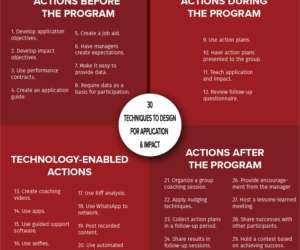Multitasking or Attention Switching?
Upside Learning
APRIL 22, 2010
Recently during one of our discussions about the way individuals work and learn, we debated whether humans are inherently capable of multi-tasking, or is it a singular task at any point in time, but are capable of rapid switching of attention from task to task. That very learning can apply in the design of learning solutions.














































Let's personalize your content